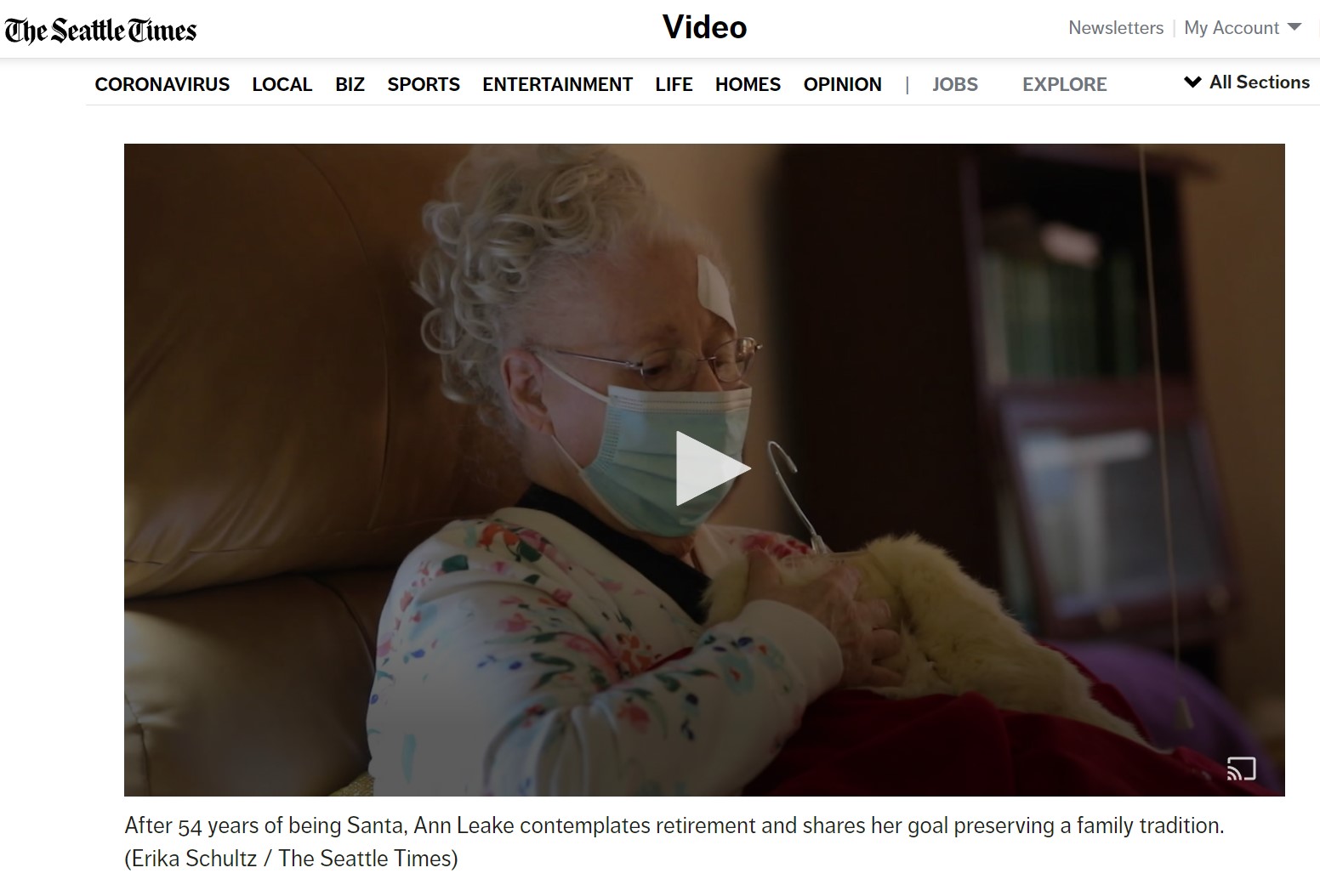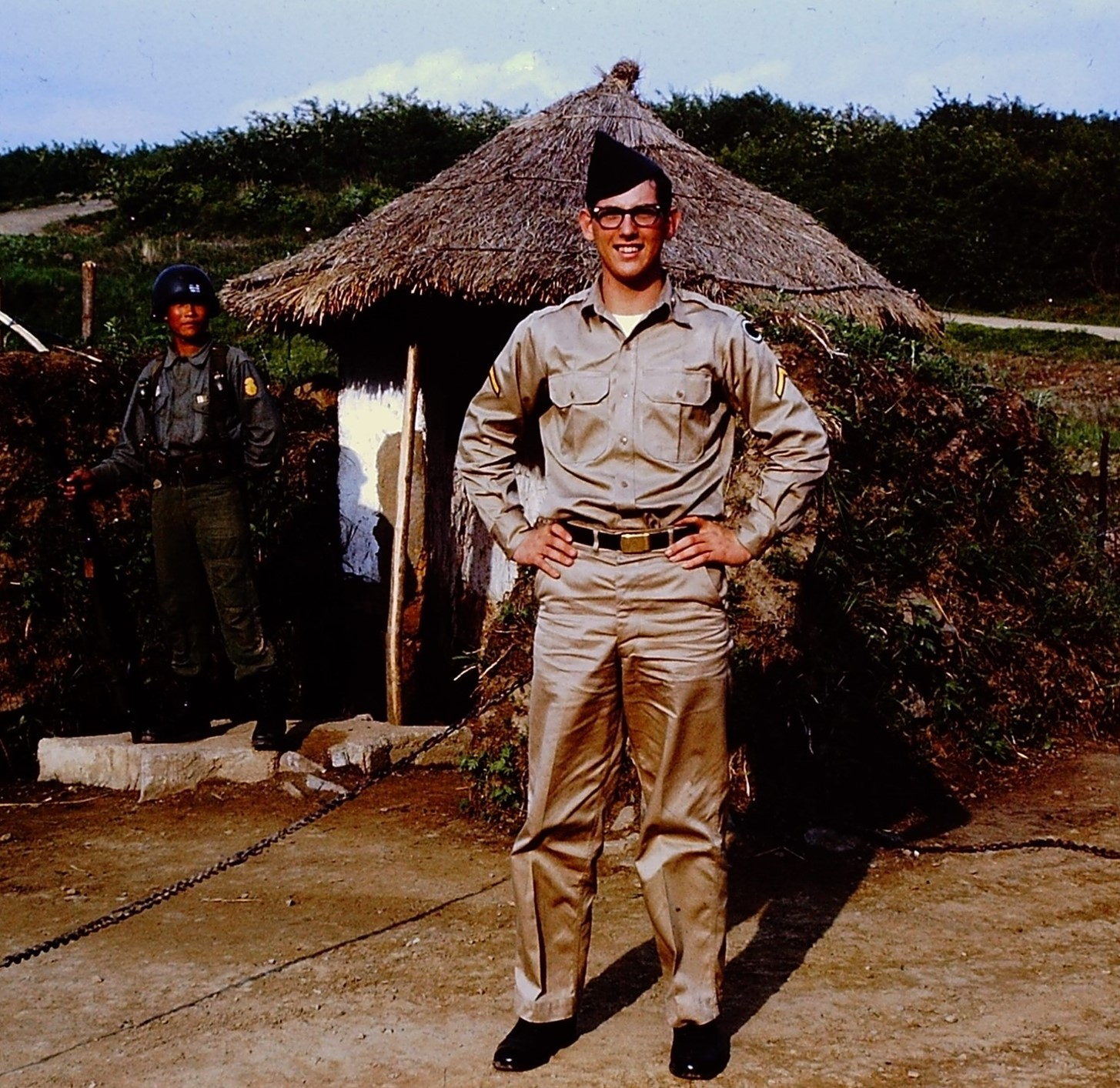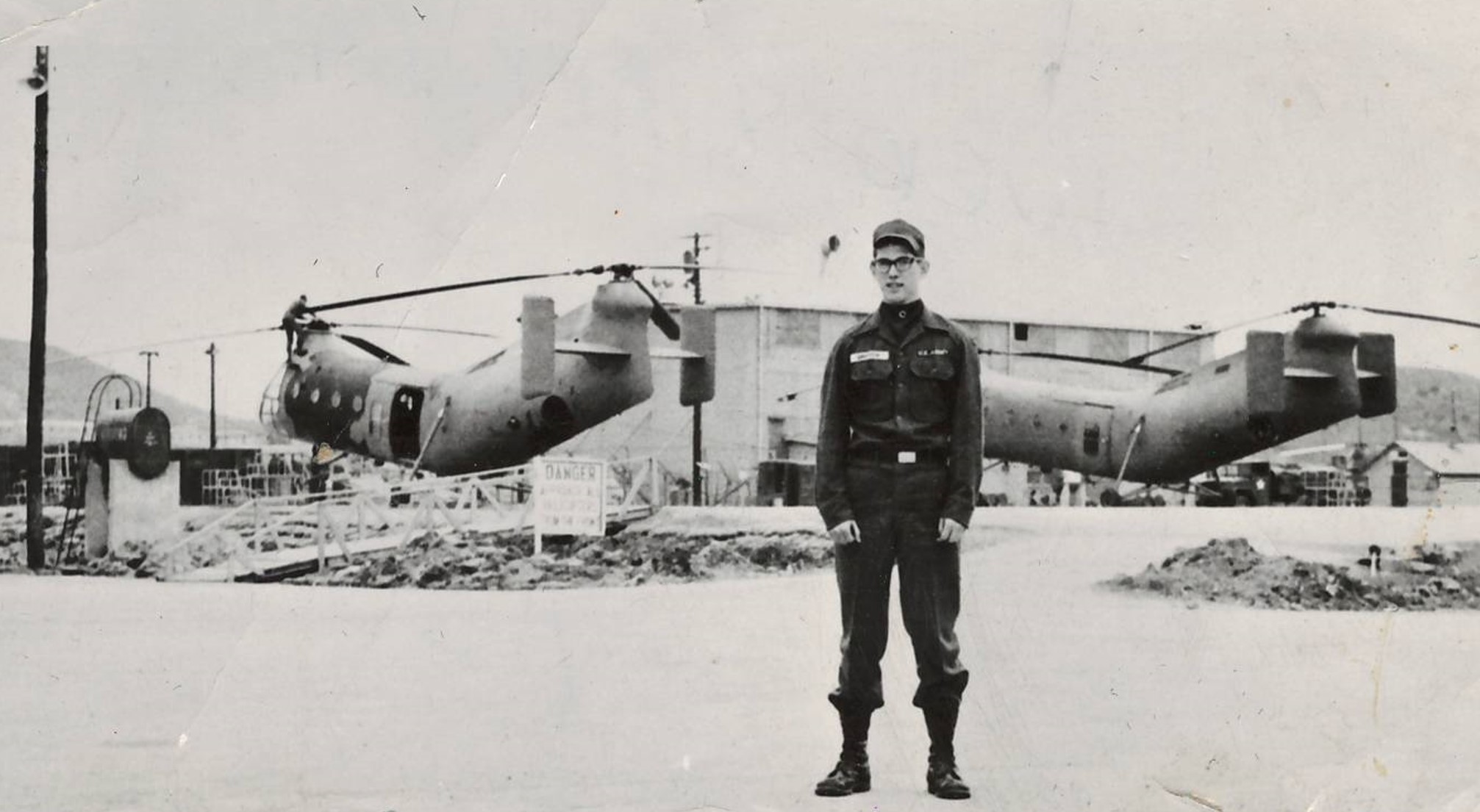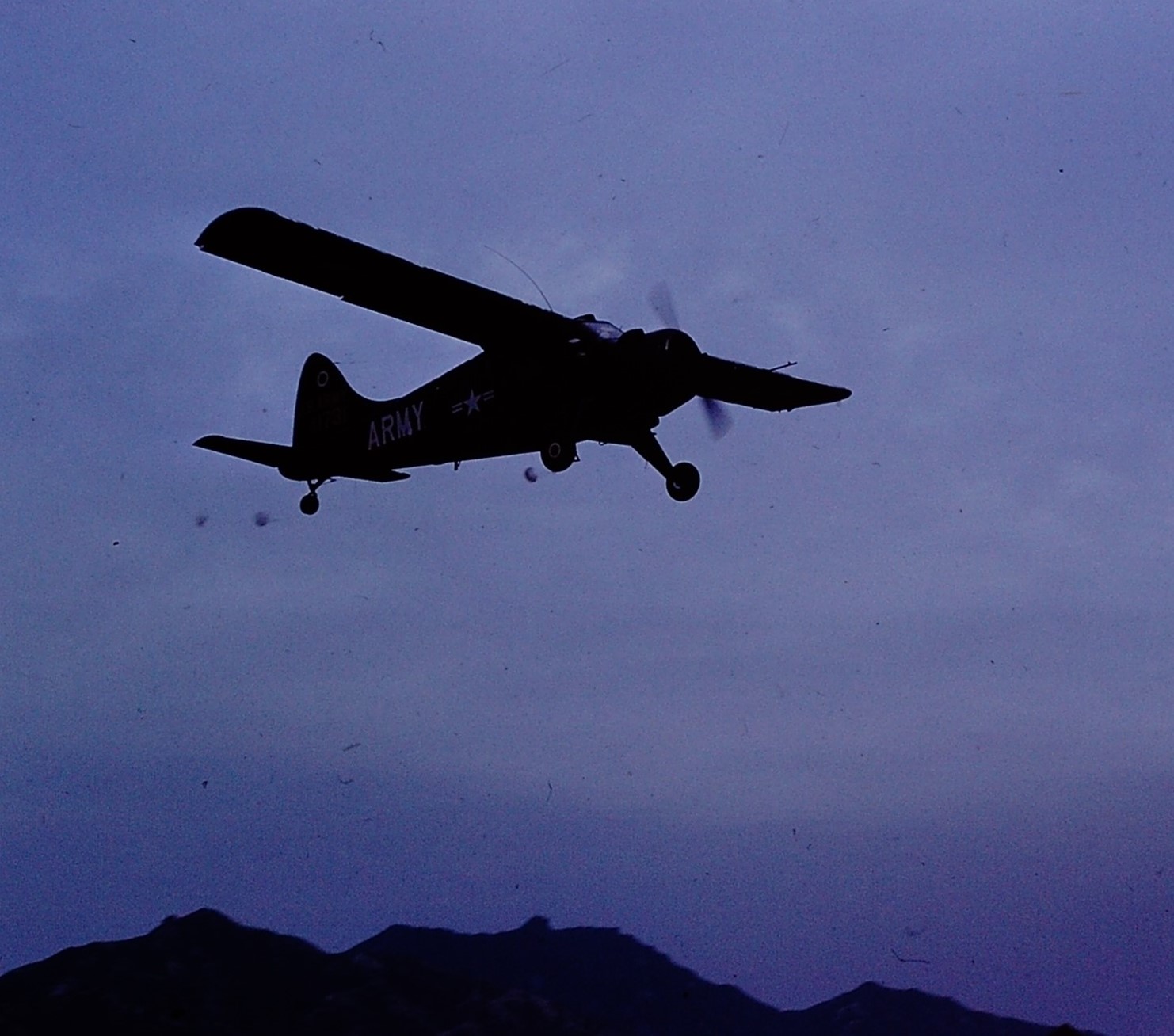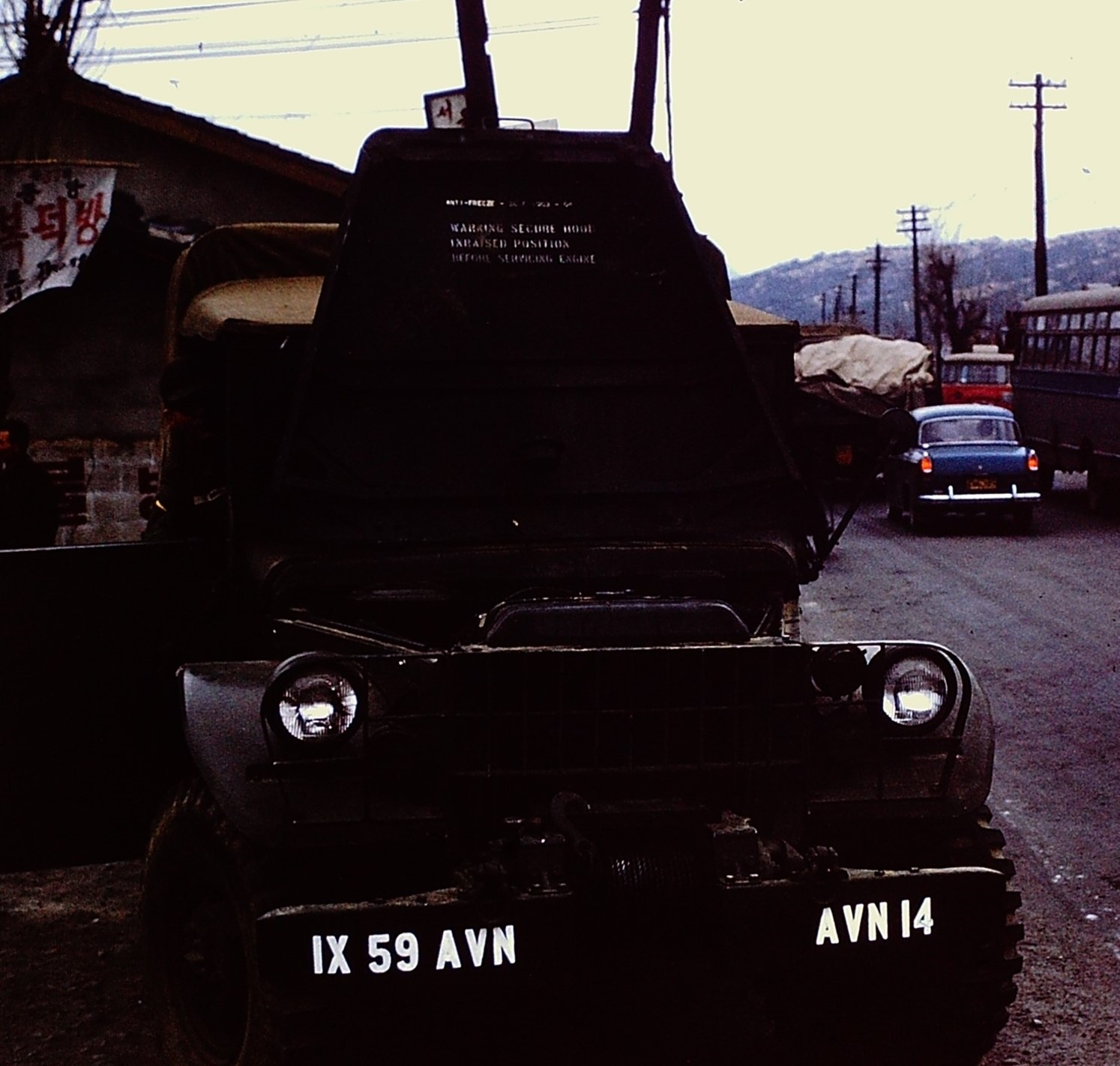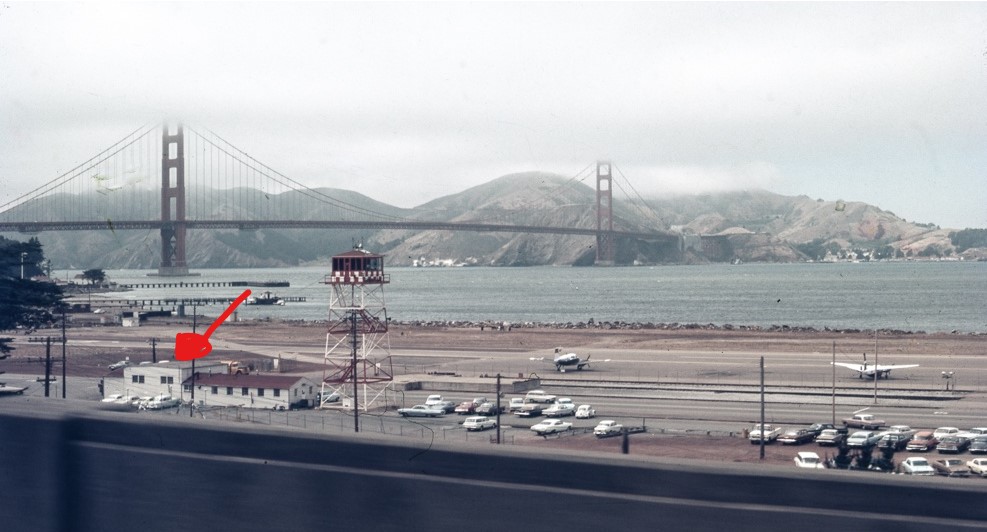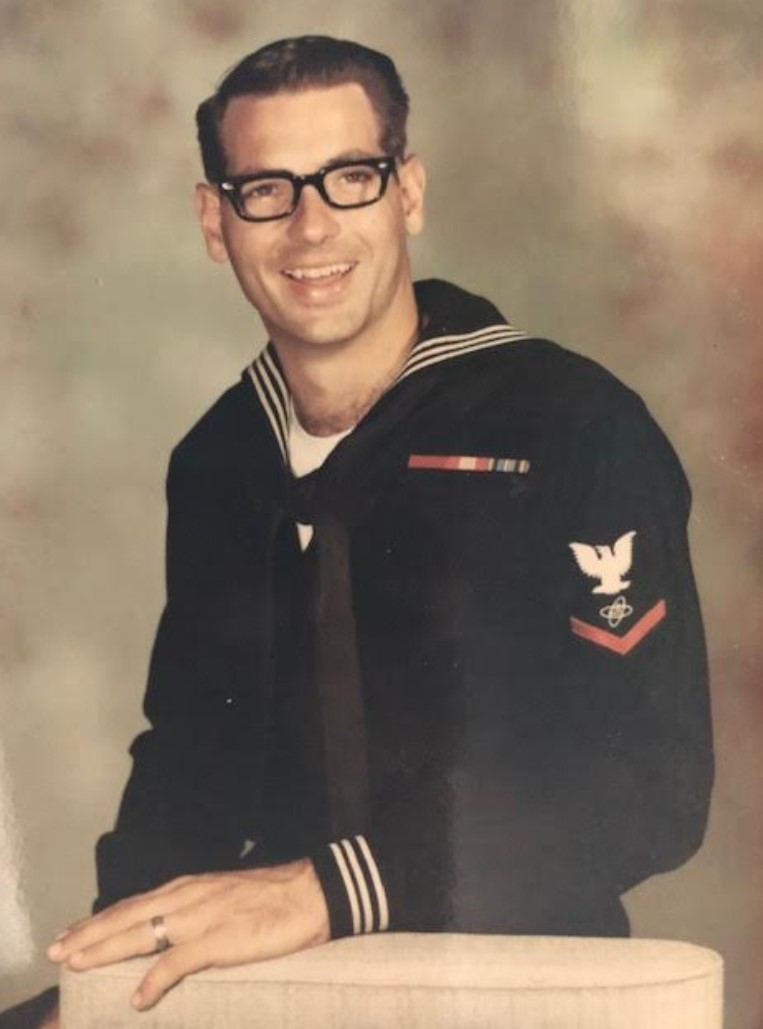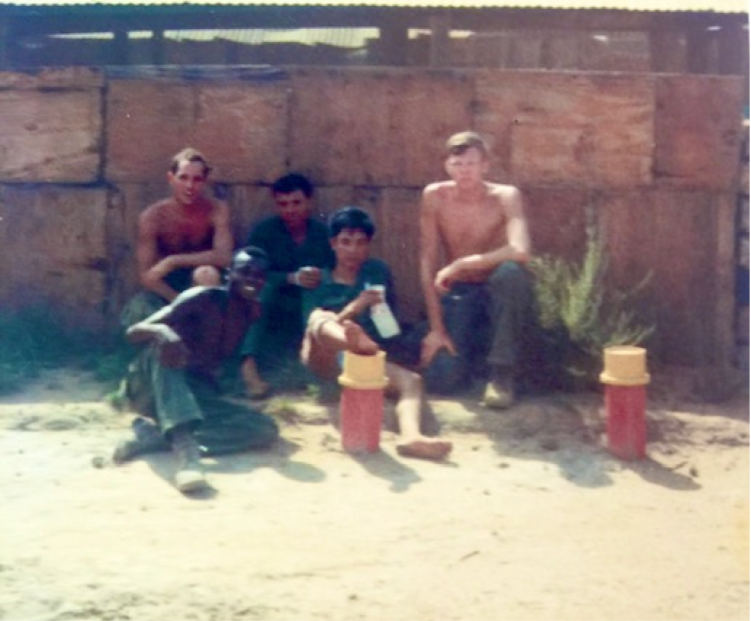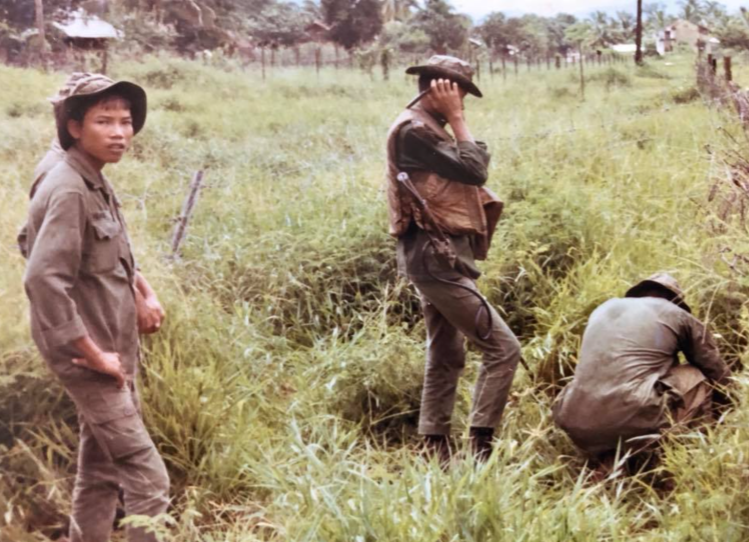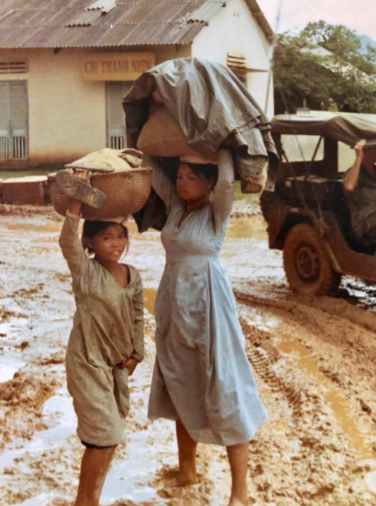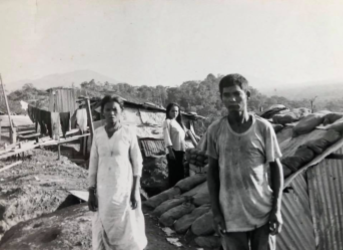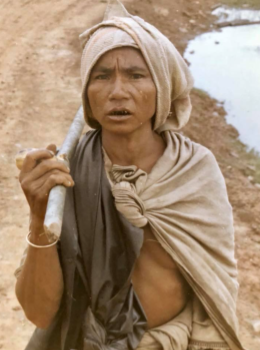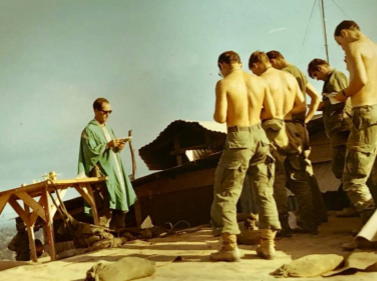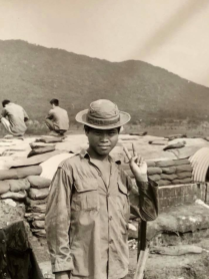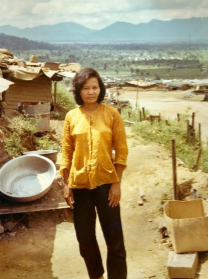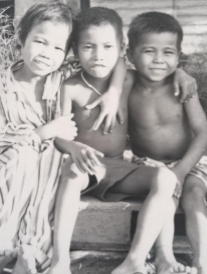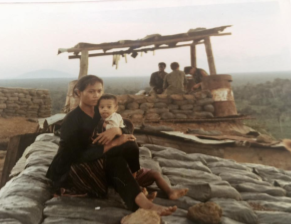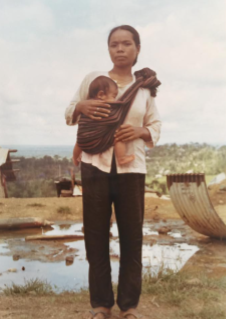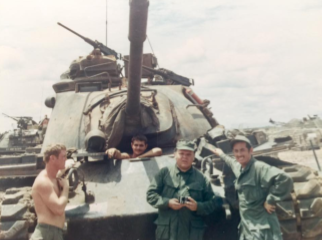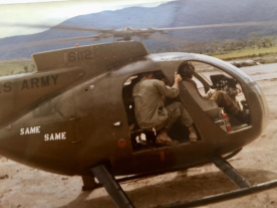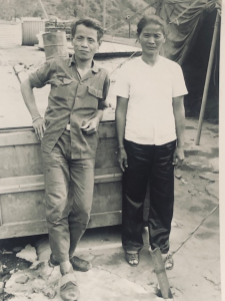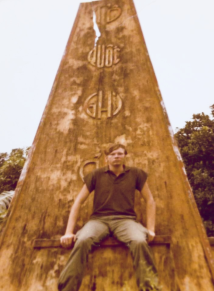By Robert Lehman, MD
If you Google April 18, you get Paul Revere’s famous ride, the San Francisco earthquake of 1906, and the opening of the first laundromat in 1934 in Texas. But one of the events with possibly the most important unintended consequence of the twentieth century does not even appear.
I joined the Air Force in 2003 at age 51 (the age rules are different for physicians), and was immediately sent to Commissioned Officer Training School. During that training, we were shown the famous newsreel of the Doolittle’s Raiders bombers taking off from the deck of the Hornet on April 18, 1942. But other than being historical trivia, this didn’t mean much to me at the time.
In 2006, now as a flight surgeon in San Antonio, a call came into the clinic that the 4-star General’s office needed a physician to come to see them right away. I offered it to my younger physicians, and they all noisily refused, citing full schedules, being overworked, etc. etc. So, I went instead. The mission was to medically chaperone civilian committee members of the Chief of Staff of the Air Force during a 3-day conference. As my fellow physicians were already complaining of being overworked, I volunteered to chaperone them myself. Months passed, and I was called and invited to be the medical representative to “guard” the remaining members of Doolittle’s Raiders during their Goblet Ceremony.
For many years, the surviving members of Doolittle’s Raiders would meet and drink a toast to their colleagues that had died during the previous year. Then, that Raider’s goblet would be turned upside down. As the members to be in attendance were in their 80’s and 90’s, the USAF wanted a physician in attendance. Because I had volunteered previously for the Chief of Staff assignment, I was asked to attend the ceremony; one of only a few military allowed to the private ceremony.
Between the Goblet Ceremony and the luncheon, I was with the Raiders in a hospitality room. In preparation for the ceremony, I had quickly read a book on the Raiders. As I asked Richard Cole (who recently died at 103 as the last of the Raider) to sign my book, I made the “smart ass” comment that “Sir, you really should have taken a flight surgeon with you”. That led to a heated rebuttal of “but we did. Dr White was our flight surgeon”. I argued back that this information is not in their books, and I was pointed to a man in the corner that was their official biographer. He in turn confirmed there was a flight surgeon on the mission, and gave me his name so that I could try to piece the story together further.
*UNFORESEEN CIRCUMSTANCE* If my fellow flight surgeons had not refused the call from the General’s office, I wouldn’t have been asked to be the medical support for the Raiders, wouldn’t have had the chance to talk to each of them individually, and find out about Dr Tom White. But more of that in a moment.
The Orient was quite different in 1941. Japan had occupied Korea since 1910, and had occupied most of China by 1937. And although Billy Mitchell had warned of Japanese aggression against Hawaii in 1924, the United States was unprepared in the Pacific. Japan had signed a pact with Germany and Italy in 1940 that was designed to dissuade the United States from entering World War II. On December 7, 1941, the Japanese attacked Pearl Harbor in Hawaii, destroying much of our fleet. The Japanese had determined that attacking Hawaii would prevent the United States from interfering in further Japanese plans in southeast Asia, the South Pacific and the Philippines.
* UNFORESEEN CIRCUMSTANCE * Rather than preventing the United States from interfering with the Japanese plans, the United States declared war on Japan. Four days later, German and Italy declared war on the United States, and the United States was now firmly into World War II.
Nevertheless, the United States was not really ready for war in the Pacific. Navy Captain Fow, Assistance Chief of Staff for Submarine Warfare, noticed that aircraft were practicing landings on an outline of an aircraft carrier on a land runway. He made a suggestion, and that evolved into the Raid on Tokyo more commonly known as Doolittle’s Raiders.
The purpose of the raid was to “punch Japan in the eye” and boost morale in the US while mobilizing industry for war. B-25 bombers were stripped of all non-essential equipment and loaded with bombs. The goal was to launch the aircraft from a carrier 400 miles from Japan, drop the bombs, and land in China. However, they were potentially spotted by a Japanese radio boat at 650 miles, and were forced to take off prematurely; guaranteeing that they would run out of fuel before reaching landing sites.
The 16 aircraft dropped explosive and incendiary bombs in various areas of Japan, including Tokyo. Fifteen of the planes crash-landed in China or ditched into the ocean. One plane made it to Vladivostok, where they were “detained” by the Soviets for 2 years, (the USSR having pledged neutrality in the Pacific war). Of the 80 crewmen, 73 eventually made it home: 3 killed in action, 3 executed by the Japanese, and one died in captivity.
Being convinced that the Chinese were part of the mission, the Japanese executed over 30,000 Chinese as well as burned cities to the ground.
* UNFORESEEN CIRCUMSTANCES* The Japanese did not know where the raid had come from. They reasoned that bombers could not have come from aircraft carriers to the east as common sense said you could not launch a bomber from an aircraft carrier. Therefore, they concluded they must have come from China or from the areas north of Japan. Because of that, the Japanese kept 35,000 of their most elite and well-supplied troops in China during the war. They also stationed several of their battleships and aircraft carriers to the north, which made them unavailable to the Battle of Midway to come. Had the troops, ships, and armaments been distributed differently, WWII in the Pacific might have had a significantly different outcome.
To finish my story: Dr Tom White was a flight surgeon when the crews began to be secretly assembled and trained, and he pleaded with Col Jimmie Doolittle to be allowed on the mission. He was told they could not afford the extra weight. Dr White then quickly trained as gunner, and he is listed on the crew manifests in that position. According to reports, Dr White’s plane ditched into the China Sea. Everyone got out safely, but then as the plane was sinking, Dr White went back into the plane, retuning with his medical instruments as the plane sank. They made to shore and were taken by the Chinese underground to where another crew was being hidden. Lt Ted Lawson was the pilot of one of the other aircraft and was badly injured. Dr White ended up amputating his leg, and is said to have transfused Lt Lawson with his own blood. Ted Lawson is further famous for writing the book “30 seconds over Tokyo”, which was released in 1943, followed by the movie in 1944.
